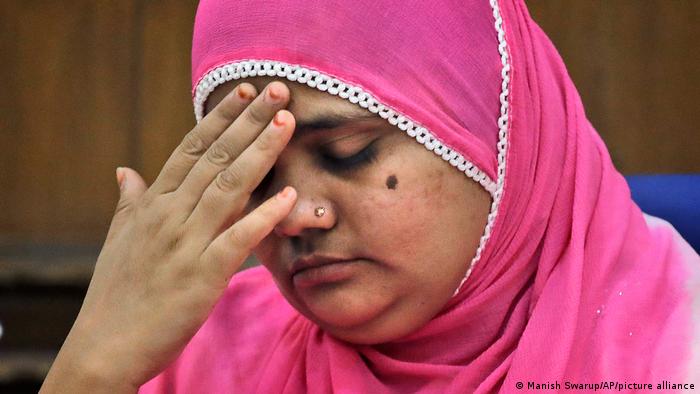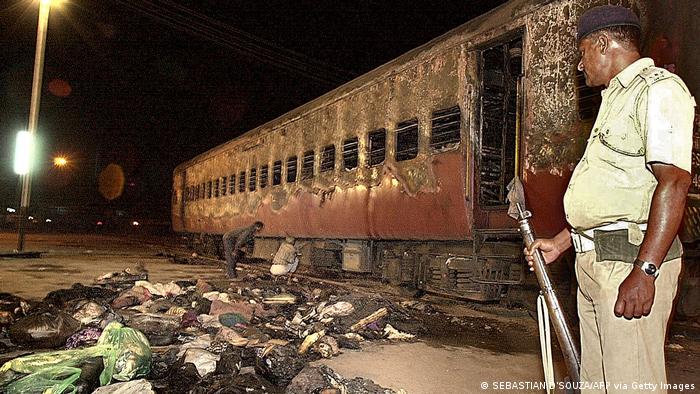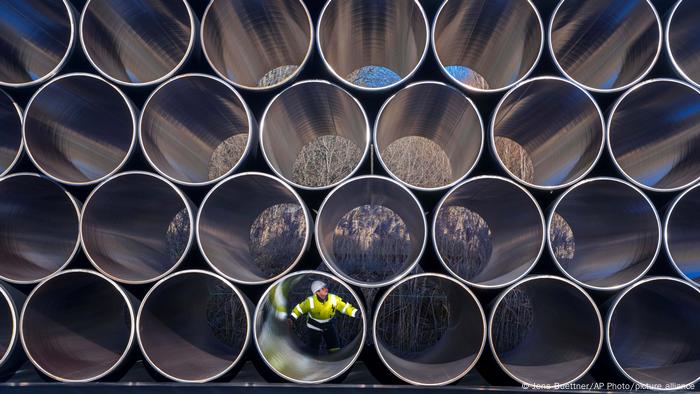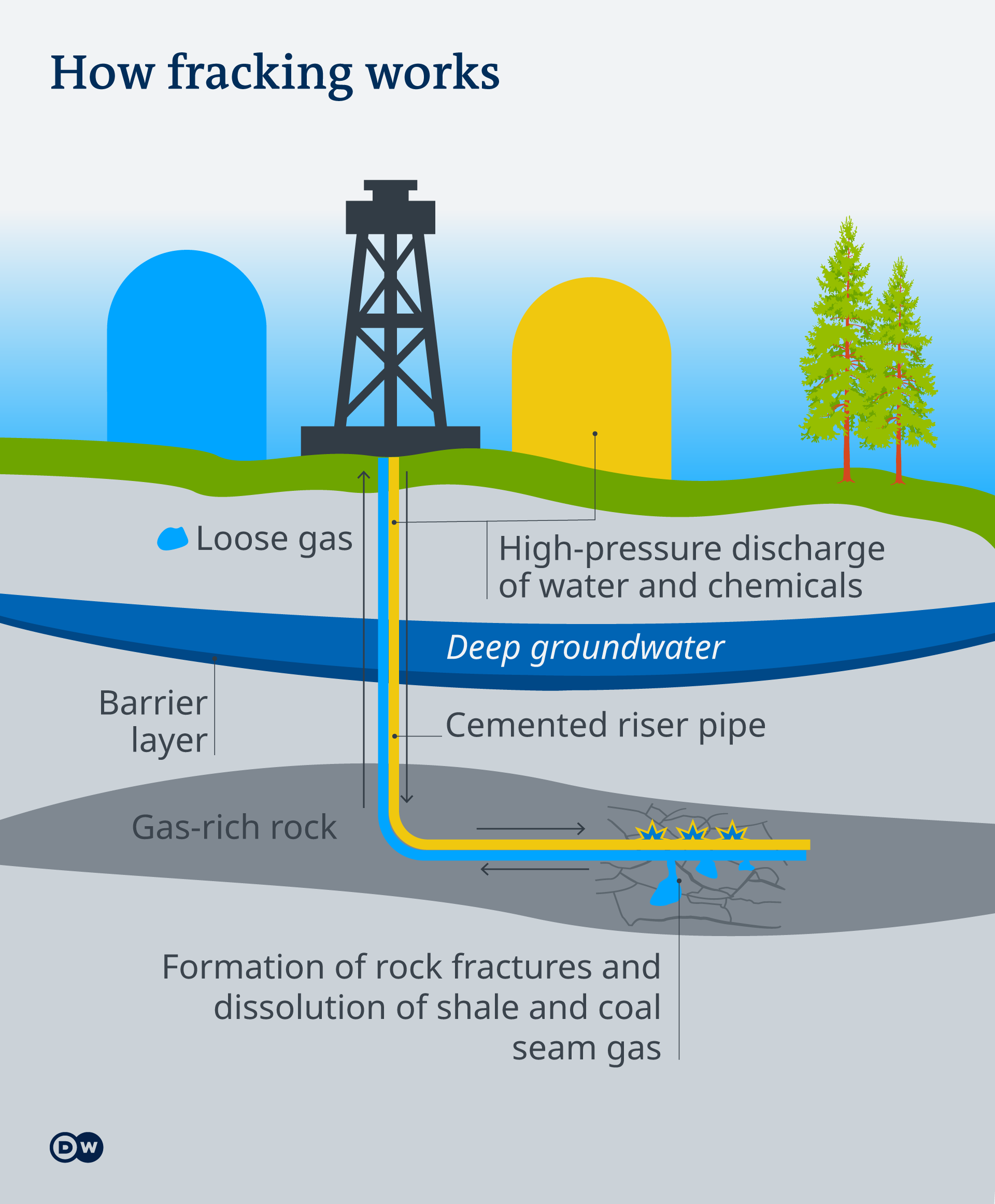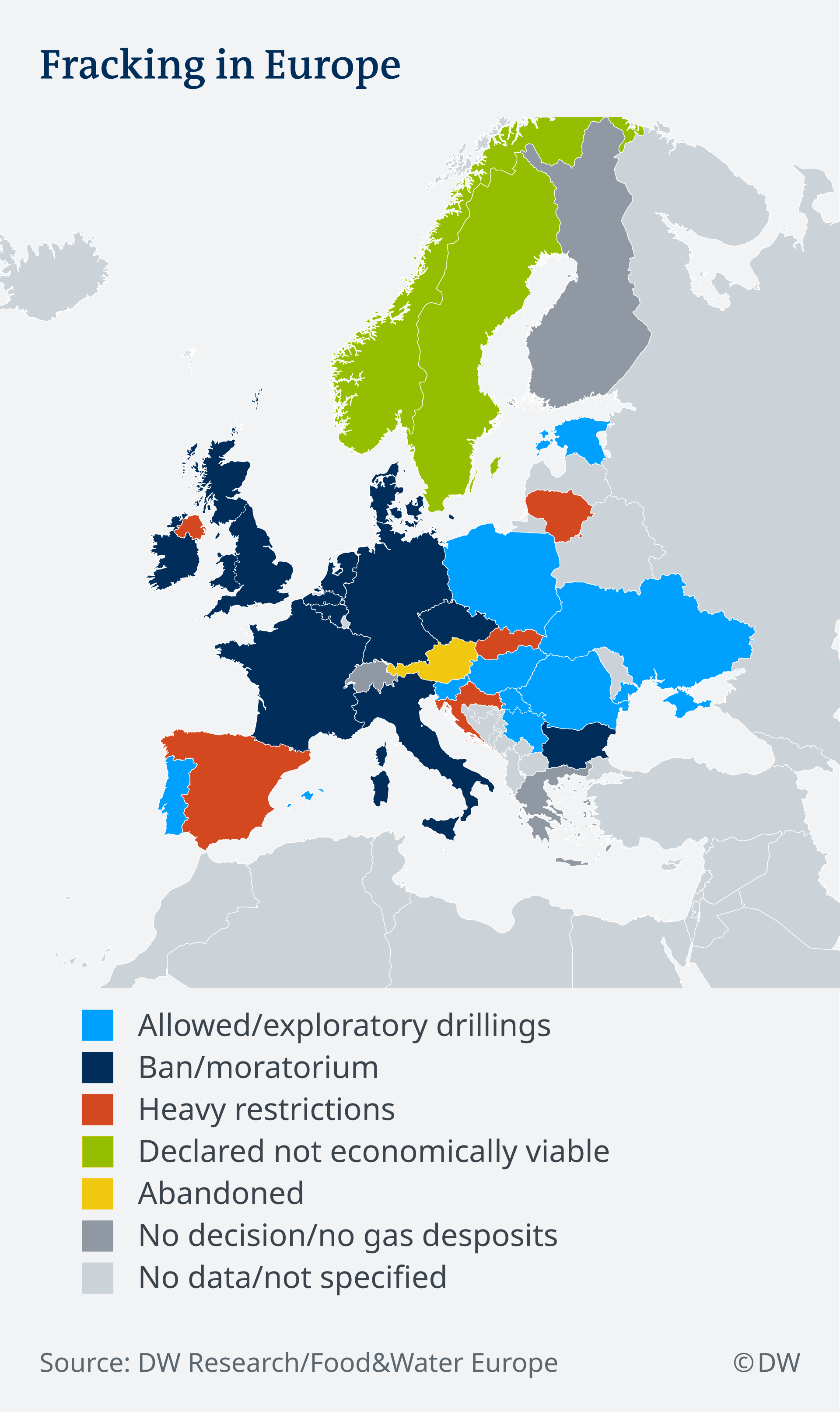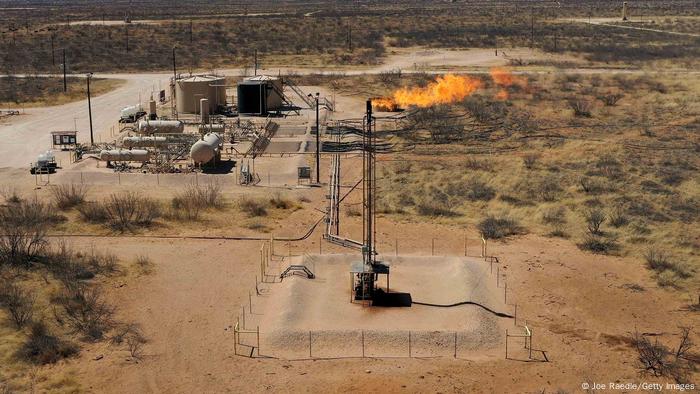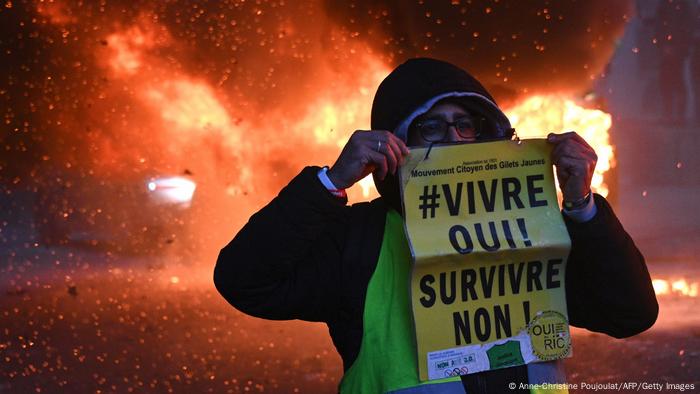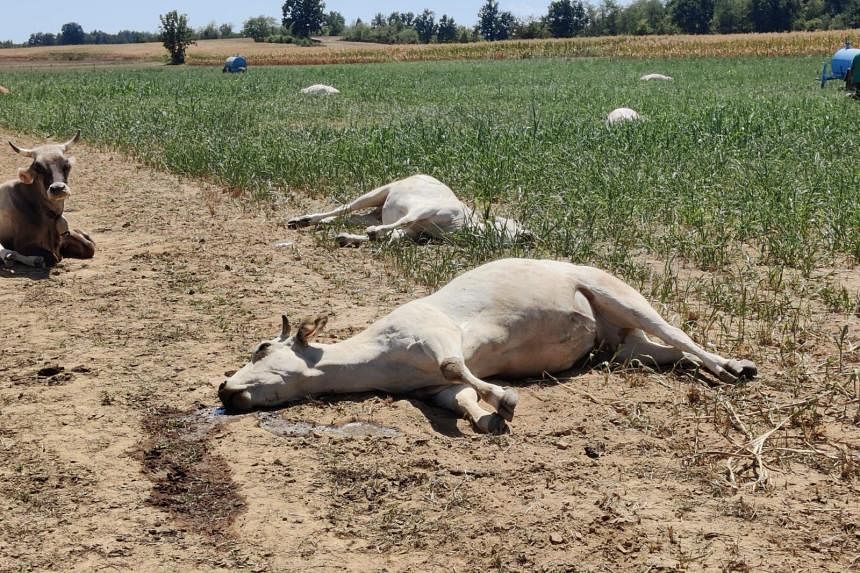By JULIE CARR SMYTH

Ohio Republican candidate for U.S. Senate, JD Vance, takes the stage to speak at the Conservative Political Action Conference (CPAC) in Dallas, Aug. 5, 2022. Vance founded a new charity called "Our Ohio Renewal" a day after the 2016 presidential election, promising to use it to help solve the scourge of opioid addiction, Vance's Senate rival, Democratic U.S. Rep. Tim Ryan, has targeted "Our Ohio Renewal" as a failure. (AP Photo/LM Otero, File)
COLUMBUS, Ohio (AP) — When JD Vance founded “Our Ohio Renewal” a day after the 2016 presidential election, he promoted the charity as a vehicle for helping solve the scourge of opioid addiction that he had lamented in “Hillbilly Elegy,” his bestselling memoir.
But Vance shuttered the nonprofit last year and its foundation in May, shortly after clinching the state’s Republican nomination for U.S. Senate, according to state records reviewed by The Associated Press. An AP review found that the charity’s most notable accomplishment — sending an addiction specialist to Ohio’s Appalachian region for a yearlong residency — was tainted by ties among the doctor, the institute that employed her and Purdue Pharma, the manufacturer of OxyContin.
The mothballing of Our Ohio Renewal and its dearth of tangible success raise questions about Vance’s management of the organization. His decision to bring on Dr. Sally Satel is drawing particular scrutiny. She’s an American Enterprise Institute resident scholar whose writings questioning the role of prescription painkillers in the national opioid crisis were published in The New York Times and elsewhere before she began the residency in the fall of 2018.
Documents and emails obtained by ProPublica for a 2019 investigation found that Satel, a senior fellow at AEI, sometimes cited Purdue-funded studies and doctors in her articles on addiction for major news outlets and occasionally shared drafts of the pieces with Purdue officials in advance, including on occasions in 2004 and 2016. Over the years, according to the report, AEI received regular $50,000 donations and other financial support from Purdue totaling $800,000.
Longtime Ohio political observer Herb Asher cast the charity’s shortcomings, including Satel’s links to Big Pharma, as a “betrayal.”
“A person forms a charity presumably to do good things, so when it doesn’t, for whatever reason, that really is a betrayal,” said Asher, an emeritus professor of political science at Ohio State University. “That’s something voters can get their arms around.”
Vance’s campaign said the nonprofit is simply on temporary hold during Vance’s Senate run against Democratic U.S. Rep. Tim Ryan. It also said Vance was unfamiliar with Satel’s connection to Purdue when she was selected for the residency.
“JD didn’t know at the time, but remains proud of her work to treat patients, especially those in an area of Ohio who needed it most,” the campaign said in a statement.
In an email to the AP this week, Satel said that she “never consulted with” or ever “took a cent from Purdue” and that she didn’t know that Purdue had donated money to AEI because the institute maintains a firewall between its scholars and donors. She said she relies “completely on my own experience as a psychiatrist and/or data to form my opinions.”
Phoebe Keller, spokesperson for AEI, said the institute’s scholars “have academic freedom to follow their own research to conclusions without interference from management.”
Purdue Pharma did not respond to a message seeking comment.
Vance has described Our Ohio Renewal’s mission variously over the years as “to bring interesting new businesses to the so-called Rust Belt,” “to fill some of the (area’s) treatment gaps in mental health” and “to combat Ohio’s opioid epidemic.”
He has acknowledged at points that the charity fell short of his vision, though he has more recently suggested it remains active — including listing himself on a financial disclosure filed this week as “honorary chairman” of the canceled organization.
In his book, Vance recounts the hardship and heartbreak he and his family experienced as a result of his mother’s battle with drug addiction, which ravaged Appalachian areas of Ohio, Kentucky and West Virginia when the 38-year-old was growing up. She used both OxyContin and heroin.
Ohio remains one of the hardest-hit states for deadly drug overdoses, with about 14 people dying each day, according to the most recent statistics.
Vance expressed hopes in media interviews about the time Satel arrived in struggling Ironton, Ohio, in September 2018, that she would use her experience to develop better treatment methods for addiction that could be “scaled nationally” or perhaps to produce “a paper or book-length publication” detailing her findings. She has yet to do either.
“I am working on a book,” Satel told the AP in an email exchange this week, nearly three years after she wrapped up her residency.
D.R. Gossett, CEO of the Ironton-Lawrence County Community Action Organization, who helped oversee Satel’s roughly $70,000 residency, said she “helped people who were struggling in southern Ohio” and “to this day, people are thankful for her presence.” That included treating an unspecified number of patients in a region long designated a health care shortage area and what Gossett described as “community planning efforts.”
After the residency ended, Satel’s public remarks suggested she remained as convinced as ever that addiction stems from combined behavioral and environmental forces — not the documented overprescribing and aggressive marketing of OxyContin and other opioids that helped families and state, local and tribal governments ultimately secure a $6 billion national settlement against Purdue in March.
“The data are completely clear that the decline in opioid prescribing had no effect on the overall opioid overdose rate,” she said in the email to the AP, blaming the number of growing overdoses on heroin and fentanyl.
It’s a familiar position for Satel, whose opinion columns in national publications included an October 2004 Times article, “Doctors Behind Bars: Treating Pain is Now Risky Business,” a February 2018 Politico article, “The Myth of What’s Driving the Opioid Crisis - Doctor-prescribed painkillers are not the biggest threat” and the March 2018 Slate article, “Pill Limits Are Not a Smart Way to Fight the Opioid Crisis.”
Jack Frech, a senior executive in residence at Ohio University who headed an Appalachian Ohio welfare agency for more than 30 years, said there is no doubt that the region was targeted with prescription opioids in the early days of the epidemic. He said the path to addiction to heroin and fentanyl for many residents “started with the overabundance of easily accessible pain pills.”
Ryan and his allies are already targeting Our Ohio Renewal in television ads, citing recent Business Insider reporting that called into question the charity’s payments to a Vance political adviser and on public opinion polling.
A year after Satel finished up her residency, a friend emailed Vance in October 2020 to express concern that Satel was headlining an AEI event on the origins of the U.S. opioid crisis “without a splash banner saying how much money AEI takes from Purdue Pharma.”
“Yeah. It’s not good,” Vance replied, according to a copy of the email obtained by the AP. “I have a minor affiliation with AEI. Thinking about dropping it because of this and other things.” He did. Keller, the AEI spokesperson, said Vance ended his nonresident fellowship at the institute that year and did not renew the affiliation.
Medical professionals and others on the front lines of the drug crisis say the scourge of addiction in Appalachia still needs advocates.
“There’s definitely still a major problem,” said Trisha Ferrar, who directs The Recovery Center in Lancaster, at the edge of Appalachian Ohio. “Things are very tough and people who are sick are having a lot of challenges. There’s just a lot of uncertainty in the world right now that kind of adds to that.”
___
Follow AP for full coverage of the midterms at https://apnews.com/hub/2022-midterm-elections and on Twitter, https://twitter.com/ap_politics




